|
Cloth Capture |
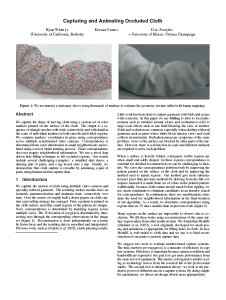
paper |
Capturing and Animating Occluded Cloth We capture the shape of moving cloth using a custom set of color markers printed on the surface of the cloth. The output is a sequence of triangle meshes with static connectivity and with detail at the scale of individual markers in both smooth and folded regions. We compute markers' coordinates in space using correspondence across multiple synchronized video cameras. Correspondence is determined from color information in small neighborhoods and refined using a novel strain pruning process. Final correspondence does not require neighborhood information. We use a novel data driven hole-filling technique to fill occluded regions. Our results include several challenging examples: a wrinkled shirt sleeve, a dancing pair of pants, and a rag tossed onto a cup. Finally, we demonstrate that cloth capture is reusable by animating a pair of pants using human motion capture data.Ryan White, Keenan Crane, David Forsyth, "Capturing and Animating Occluded Cloth," ACM Transaction on Graphics (SIGGRAPH), 2007. bibtex Keenan Crane, Ryan White, David Forsyth, "Capturing and Animating Occluded Cloth," SIGGRAPH Animation Festival, 2007. Also, look at our related technical sketch: Data Driven Cloth Animation. |
|
Videos |
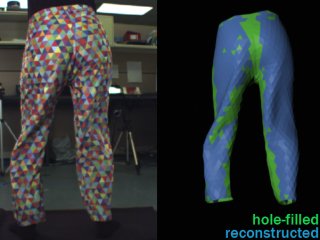
paper video [57 MB DIVX AVI] |
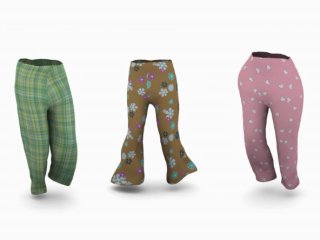
animation festival video [25 MB DIVX AVI] [YouTube] |
|
Data |
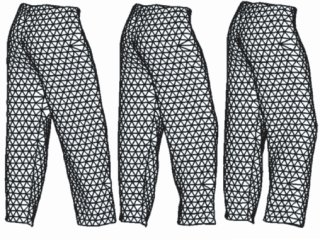
pants capture data |
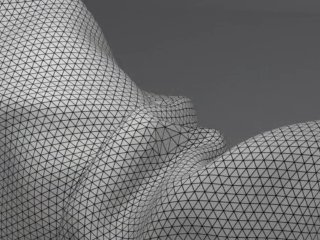
miscellenous capture data |
|
Technical Reports |
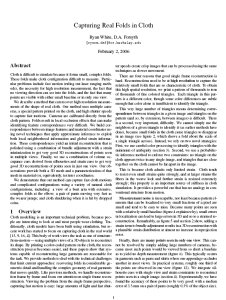
paper |
Capturing Real Folds in Cloth
This technical report focuses on creating a better printed color pattern and using silhouette cues to reconstruct cloth when the surface is hard to view. We used loopy-belief propagation to solve for correspondence -- which turns out to be less than ideal. Ryan White, David Forsyth, Jai Vasanth "Capturing Real Folds in Cloth" Technical Report No. EECS-2006-10, EECS Department, University of California, Berkeley, 2006. bibtex. |
|
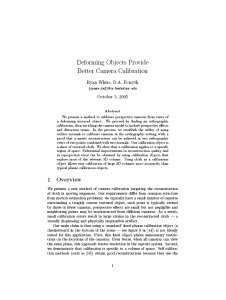
paper |
Camera Calibration using Cloth
This technical report focuses on calibration from cloth -- with a focus on enhancing an orthographic camera model to include perspective effects. Ryan White, David Forsyth "Deforming Objects Provide Better Camera Calibration" Technical Report No. EECS-2005-3, EECS Department, University of California, Berkeley, 2005. bibtex. |
|
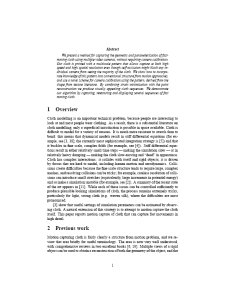
paper |
Cloth Capture
This is our first technical report on cloth capture. It includes some proofs about camera calibration from orthographic cameras and an emphasis on combining bundle adjustment with strain reduction. Ryan White, Anthony Lobay, D.A. Forsyth "Cloth Capture", Technical Report No. UCB/CSD-5-1387, , EECS Department, University of California, Berkeley, 2005. bibtex. |